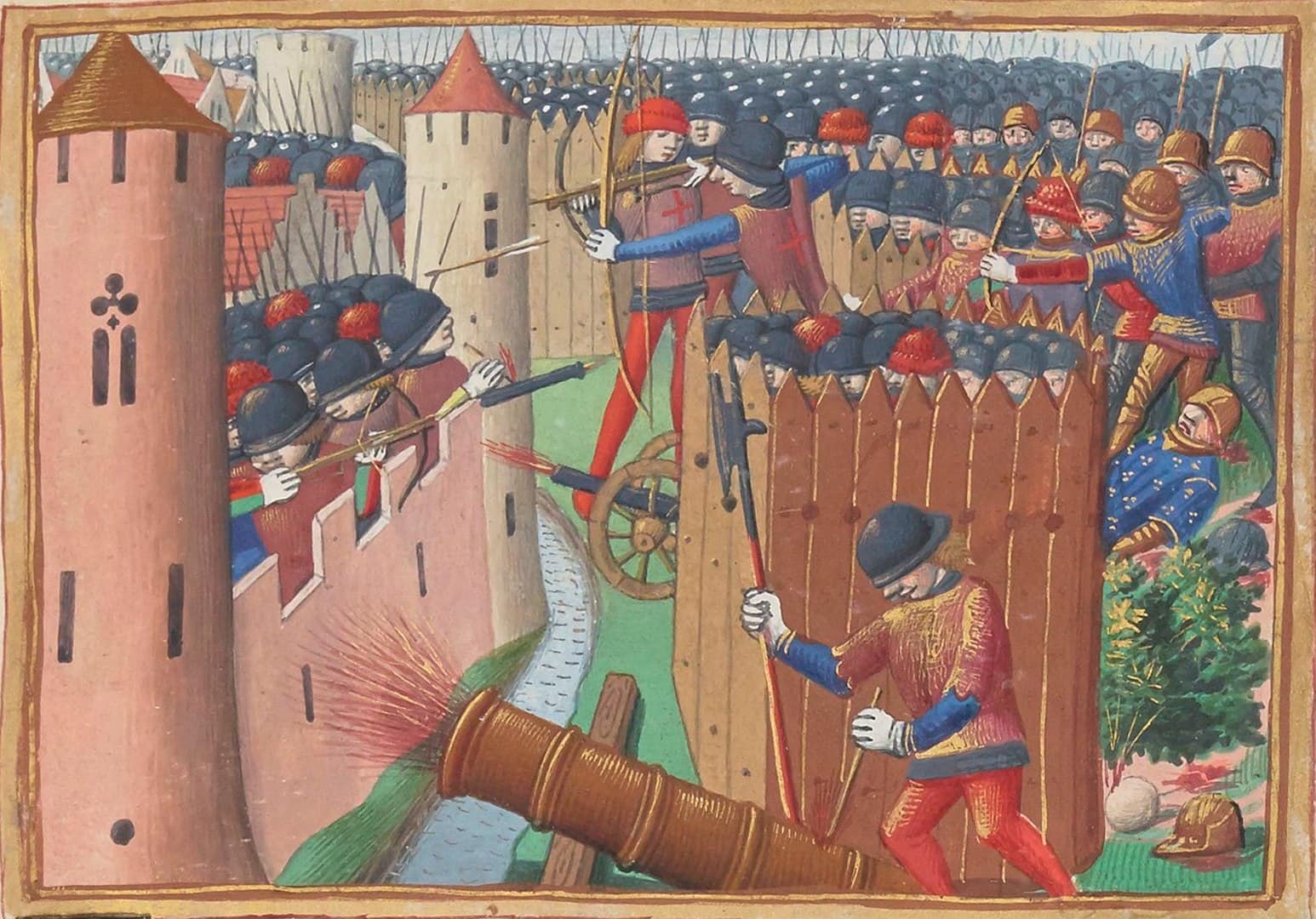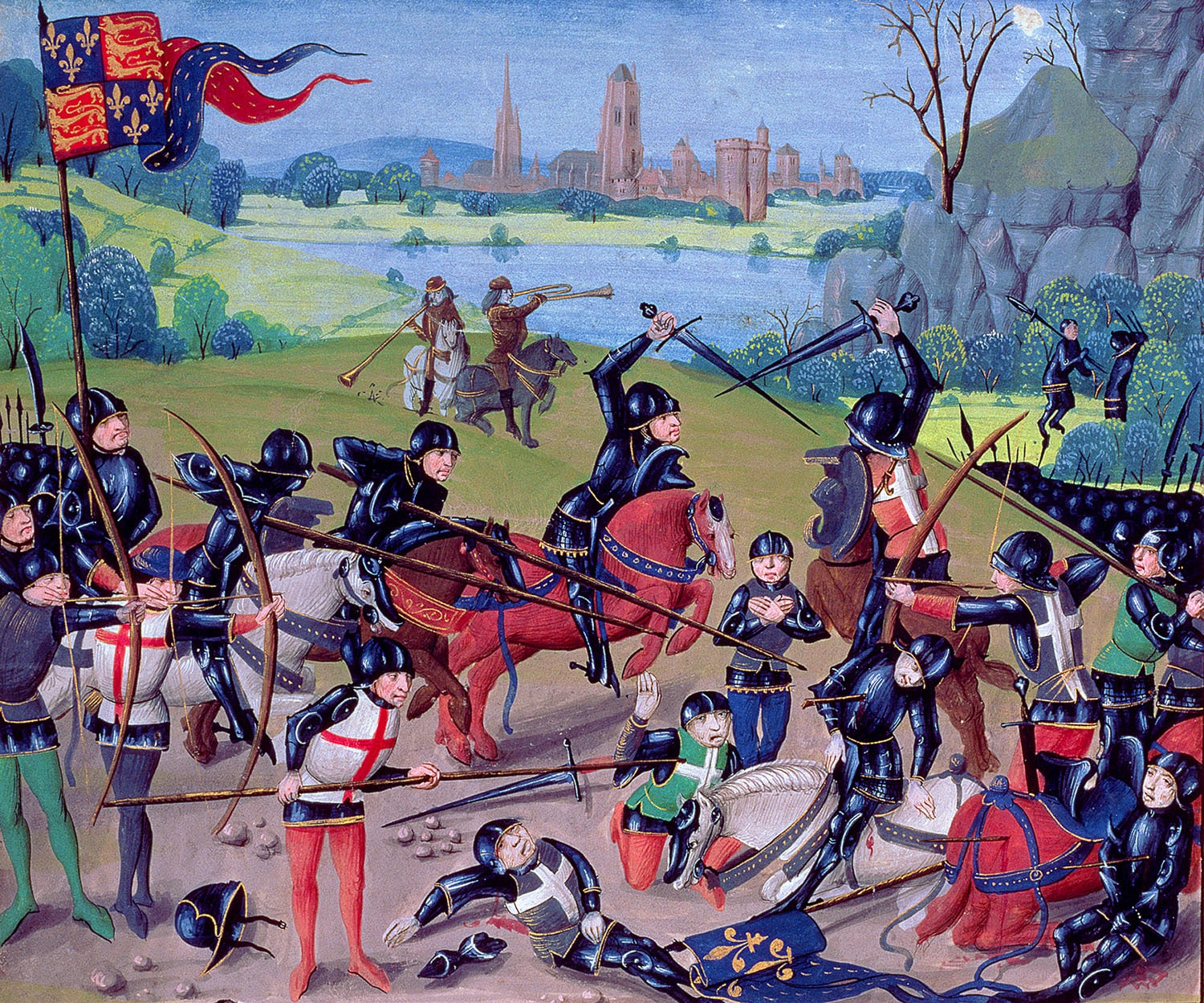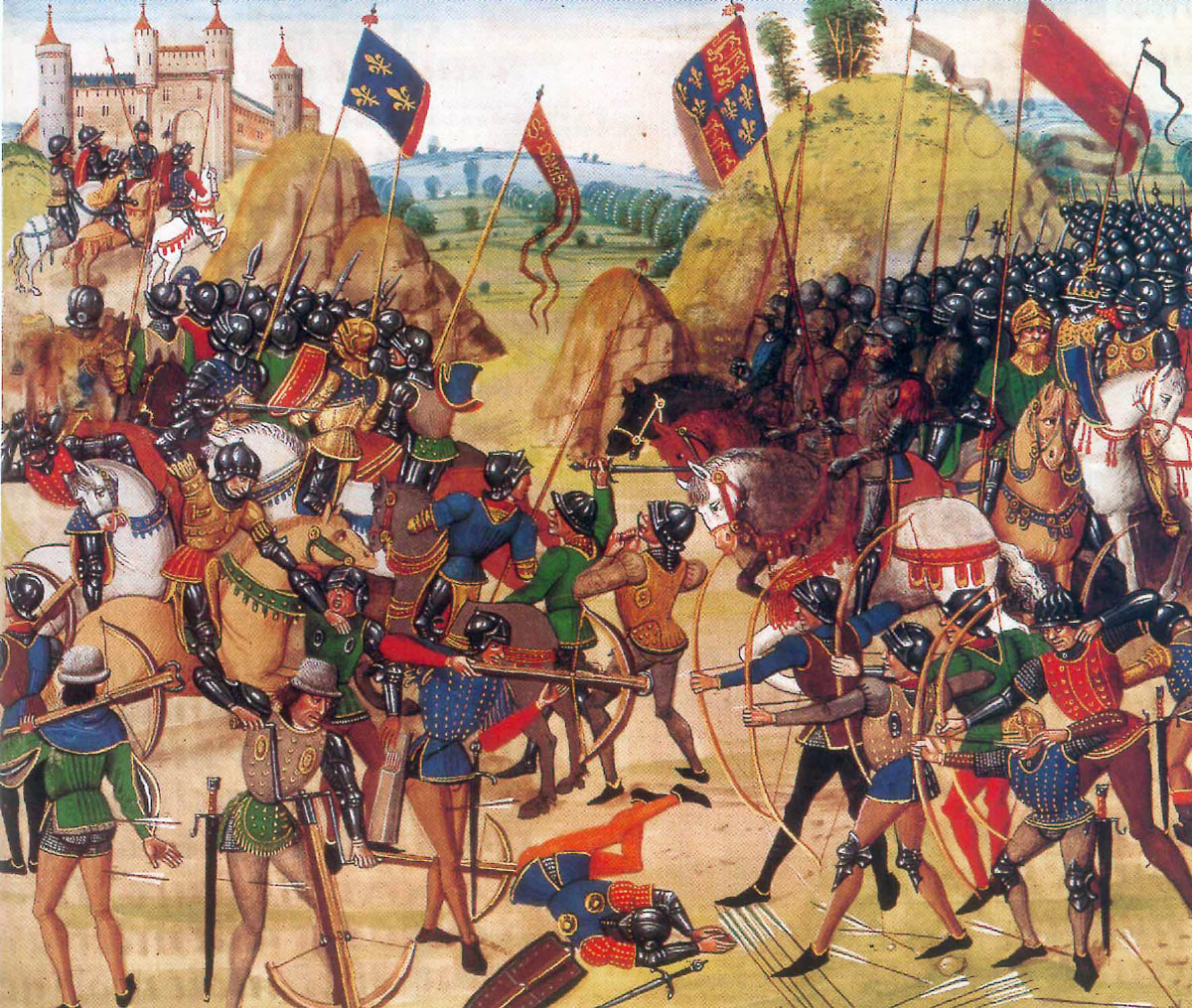5 Key Dates in the Hundred Years’ War
On July 17, 1453, the Battle of Castillon took place, marking the conclusion of the Hundred Years' War—a series of conflicts between France and England. Let's revisit this renowned episode in our history through five key dates.





